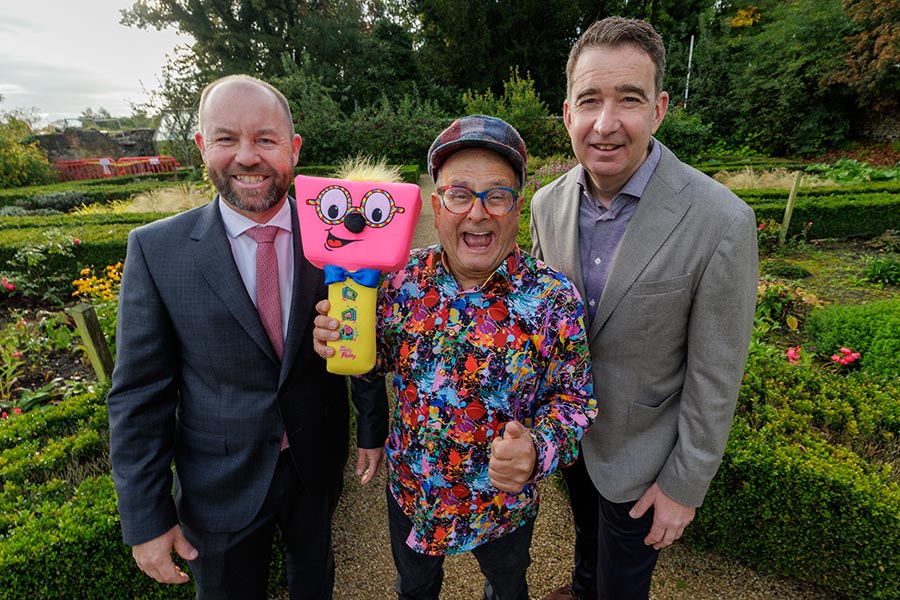In the world of remote and hybrid working, the flexibility of asynchronous learning methods could be a boon for both employers and employees, writes Sean O'Neill.
With employers now getting to grips with the new world of hybrid working, one of the areas to be considered is that of learning and development. Training employees increases motivation and reduces turnover, but finding the approach that works best in a complex environment can be challenging.
Remote workers are often faced with the challenge of where to find information and are faced with too many meetings and Zoom fatigue. They need learning that is within the flow of their work and not something which they have to spend a long time searching for. The result is that organisations are looking for more self-paced ways to engage learners.
Traditionally learning and development has focused on what is called synchronous learning, which involves everyone being in the same place at the same time. Asynchronous learning is about putting training materials online, to be consumed in a self-paced manner. In the wake of Covid-19, this style of learning and development is becoming more popular, but when creating learning plans many organisations are still inclined to lead with a synchronous first learning approach.
Blended learning is a mix of synchronous and asynchronous learning, but finding the right balance is crucial. Employers today are looking more at the 70/20/10 approach, which realises that most learning happens informally within the organisation and that workers should be given more opportunities to learn informally and experientially. This could include coaching, mentoring and also peer-to-peer learning.
In addition to the fact that people learn 90% from informal sources, people also forget about 80% of what they learn formally. This represents a terrible ROI when it comes to companies spending on formal training. So the disruption that the pandemic has created, could present a great opportunity for organisations to reconsider how they are supporting learners.
So how can companies incorporate more asynchronous learning
The kinds of materials that organisations today are using can include internal wikis, process guides, online courses through LinkedIn Learning or Udemy, and online forums. To encourage collaboration between team members, messaging systems such as Slack or Teams may also be used.
Asynchronous learning can be accessed anytime, anywhere, and so is very versatile. There is no need to coordinate meeting times, and this helps contribute to a better work-life balance and for employees to feel empowered.
Employees can learn in the flow of work while keeping productivity high. Learning content is often produced in small bites, called microlearning, and such content can be updated over time, which means the training is always fresh and learners can access it on a just in time basis.

Workers learn faster when they collaborate with others in information exchanges, so setting up forums where discussions takes place can lead to better knowledge retention. Peer feedback through comments and reflection is also helpful, along with gamifying learning to encourage completion.
Today's synchronous learning could be in the form of collaborative workshops which allow employees to discuss what they are learning from training content and so embed that knowledge, and focusing on using the project at hand as a type of informal learning can create more asynchronous and collaborative learning opportunities.
Some drawbacks of asynchronous learning might be that trainees are more isolated and don't have the same access to trainers in order to answer their questions, and there is also no guide to mark their progress. However, students who engage in asynchronous learning have been found to become better autonomous learners, which could be helpful in creating more enterprising and independent employees.
As part of a new learning culture, leaders should be able to set and reward learning goals. Learning should be seen as inclusive and employers adopting this approach should aim to keep it simple by producing bite sized content and helping employees evaluate their learning on an ongoing basis.









